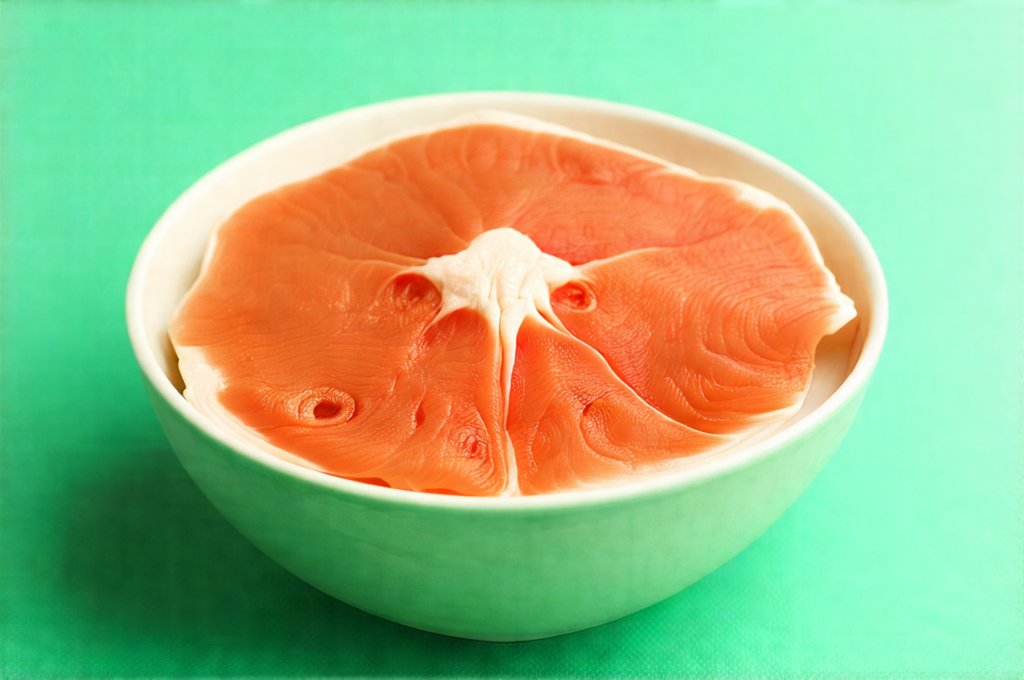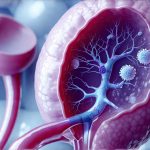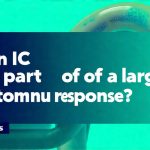Interstitial cystitis (IC), also known as painful bladder syndrome, is a chronic condition causing urgent and frequent urination, along with persistent pelvic pain. While its exact cause remains elusive – theories range from autoimmune responses to nerve damage and even micro-trauma – the impact on quality of life can be substantial. Many sufferers embark on a frustrating journey seeking relief, often cycling through various treatments with limited success. Traditional approaches frequently involve medication to manage symptoms, but growing interest surrounds the potential for dietary modifications to play a significant role in managing or even improving IC symptoms. This exploration delves into the science behind this idea, examining what we currently know about the relationship between diet and IC, and whether it’s possible for dietary changes to offer more than just symptomatic relief.
The appeal of dietary intervention stems from the understanding that IC isn’t simply a bladder problem; it’s often intertwined with systemic inflammation and gut health. The bladder lining can become compromised, leading to increased sensitivity to certain foods and beverages. Identifying trigger foods – those that exacerbate symptoms – is a cornerstone of many IC management plans. However, it’s crucial to remember that IC isn’t one-size-fits-all; triggers vary significantly from person to person. What flares up the condition for one individual might have no effect on another, making personalized dietary exploration essential. This article will navigate the complexities of dietary approaches, separating evidence-based strategies from anecdotal claims and providing a realistic assessment of what patients can expect.
Dietary Triggers & Elimination Diets
The cornerstone of many IC dietary plans is identifying and eliminating potential trigger foods. These are substances that appear to irritate the bladder lining, leading to increased pain or urgency. Common culprits include – but aren’t limited to – caffeine, alcohol, citrus fruits and juices, tomatoes and tomato-based products, spicy foods, artificial sweeteners, carbonated beverages, and chocolate. The rationale behind elimination diets is straightforward: remove suspected irritants for a period of time, then systematically reintroduce them one at a time to observe their impact on symptoms. This process helps pinpoint specific triggers that need to be avoided long-term.
However, it’s vital to approach elimination diets with caution and ideally under the guidance of a healthcare professional or registered dietitian. Highly restrictive diets can lead to nutritional deficiencies and psychological stress if not carefully managed. A phased approach is generally recommended, starting with the most common triggers and gradually expanding the list as needed. Keeping a detailed food diary alongside symptom tracking is essential for accurate identification. It’s also important to distinguish between true trigger foods that consistently worsen symptoms and those that might coincide with flare-ups incidentally. Remember correlation does not equal causation.
The effectiveness of elimination diets varies considerably among individuals. Some people find significant relief by eliminating a handful of triggers, while others struggle to identify any clear connections. The complexity is further compounded by the fact that dietary sensitivities can change over time. A food that once caused no problems might become a trigger later on, necessitating ongoing monitoring and adjustments. This highlights the need for flexibility and personalization in dietary management. Can electrolyte imbalances worsen cystitis symptoms? can significantly impact individual responses to elimination diets.
The Gut-Bladder Connection & Anti-Inflammatory Diets
Increasingly, research points to a strong connection between gut health and IC symptoms. The gut microbiome – the trillions of bacteria residing in our digestive tract – plays a crucial role in immune function and inflammation regulation. An imbalance in the gut microbiome (dysbiosis) can lead to increased intestinal permeability, often referred to as “leaky gut,” allowing inflammatory molecules to enter the bloodstream and potentially contribute to bladder irritation. This connection explains why many IC sufferers also experience co-occurring conditions like irritable bowel syndrome (IBS).
Therefore, dietary strategies aimed at improving gut health are gaining traction in IC management. Anti-inflammatory diets, rich in whole foods, fiber, probiotics, and omega-3 fatty acids, can help restore a healthy balance of gut bacteria and reduce inflammation throughout the body. Foods to emphasize include leafy greens, berries, fatty fish (salmon, tuna), nuts and seeds, and fermented foods like yogurt or kefir (if tolerated). Conversely, processed foods, sugary drinks, and excessive amounts of red meat should be limited as they can promote inflammation. Can a sudden change in diet cause UTI symptoms? is also important to consider when modifying your diet, as changes can sometimes mimic other urinary issues.
Beyond dietary changes, incorporating probiotics – either through food or supplements – might also be beneficial for some individuals. Probiotics introduce beneficial bacteria into the gut, potentially improving microbiome diversity and strengthening the gut barrier. However, it’s important to choose a high-quality probiotic supplement with strains specifically researched for their impact on inflammation and gut health. Again, individual responses to probiotics can vary significantly, so experimentation might be necessary.
Identifying Your Personal Triggers
The first step in tailoring your diet is meticulous tracking. Keep a food diary – not just what you eat, but also the quantity of each item. Alongside this, record symptom severity (pain level, urgency frequency) and timing. Look for patterns: does pain increase within hours of consuming certain foods? Are there consistent correlations between specific meals and flare-ups? Be as detailed as possible, noting even seemingly insignificant details like portion sizes or preparation methods.
Consider a structured elimination diet guided by a healthcare professional. Start with the most common triggers (caffeine, citrus, alcohol) and remove them for 2–4 weeks. Then, reintroduce one food at a time over several days, carefully monitoring your symptoms. If a food consistently causes a flare-up, eliminate it long-term. Remember to reintroduce foods individually; introducing multiple items simultaneously makes it difficult to pinpoint the culprit.
Don’t solely rely on general lists of trigger foods. Your body is unique! A food that bothers many IC sufferers might not affect you at all. Pay attention to your individual responses and adjust your diet accordingly. What works for one person won’t necessarily work for another, so personalization is key. Can vaginal infections mimic cystitis symptoms? can sometimes be mistaken for food triggers, making accurate diagnosis essential.
The Role of Hydration & Specific Nutrients
Adequate hydration is critical for bladder health, but the type of fluid matters. While water should be the primary beverage, avoiding excessive fluids that irritate the bladder (like caffeinated or carbonated drinks) is equally important. Sipping water throughout the day rather than drinking large amounts at once can also help reduce urgency.
Certain nutrients may play a role in supporting bladder health and reducing inflammation. Magnesium, for example, has been shown to have muscle-relaxant properties that could potentially ease bladder spasms. Omega-3 fatty acids, found in fatty fish and flaxseeds, possess anti-inflammatory effects that might help calm the bladder lining. Vitamin D deficiency has also been linked to IC symptoms, suggesting supplementation may be beneficial for some individuals (after testing levels with a physician).
However, it’s crucial to avoid self-treating with high doses of supplements. Excessive intake of certain nutrients can have adverse effects and potentially interfere with other medications. Always consult with your healthcare provider before starting any new supplement regimen. Remember that food should always be the primary source of nutrients whenever possible.
Long-Term Dietary Management & Realistic Expectations
Dietary changes are rarely a quick fix for IC, but they can play a significant role in managing symptoms and improving quality of life over the long term. It’s not about deprivation or restriction; it’s about making informed choices that support your individual needs. Be prepared to experiment, adjust, and adapt your diet as necessary.
Realistic expectations are essential. While some individuals experience dramatic improvements with dietary changes, others may only see modest benefits. Diet is often just one piece of the puzzle, and a comprehensive IC management plan typically includes other interventions like medication, pelvic floor therapy, and stress management techniques.
Focus on creating sustainable lifestyle habits rather than short-term fixes. Embrace whole foods, prioritize gut health, and stay well-hydrated. By taking an active role in your dietary choices, you can empower yourself to navigate the challenges of IC and live a more comfortable life.





















